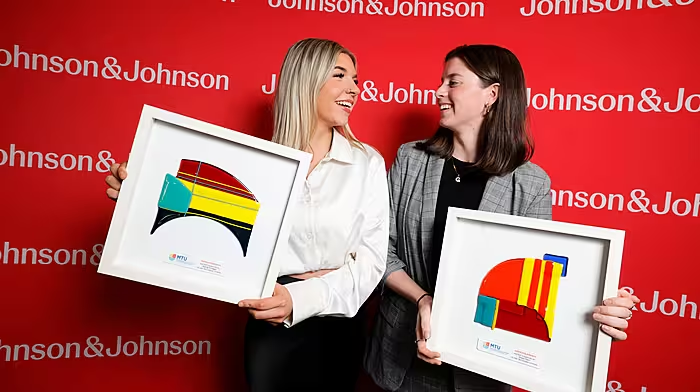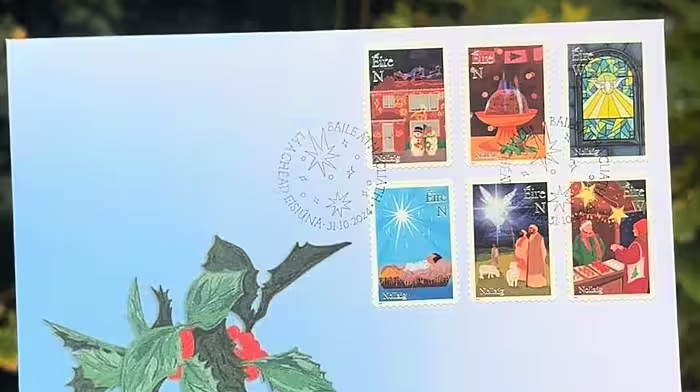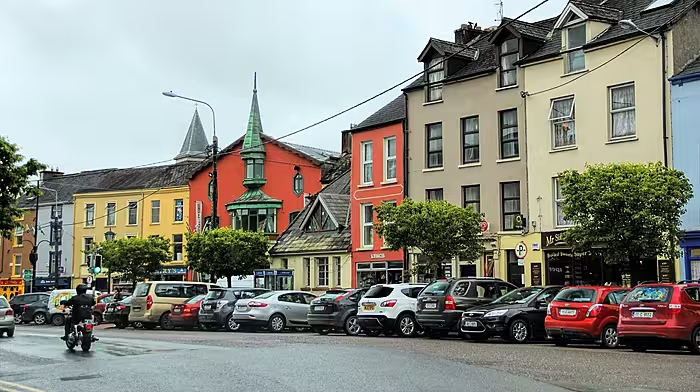FARMING stakeholders in West Cork are predicting a serious shortage of silage needed to feed cattle next winter, after the area’s four co-ops temporarily suspended all fertiliser orders.
From now until April is a critical time for farmers to spread nitrogen to grow grass for next winter’s silage. And while fertiliser costs and availability have been issues since the start of the year, since the Russian invasion of Ukraine, co-op managers say the situation is now completely unpredictable. Over 20% of the world’s global fertiliser production comes from Russia which also provides one third of Europe’s imported gas, needed to make fertiliser.
Seamas Daly, Drinagh Co-op manager, said the situation is evolving all the time and they are constantly assessing it.
‘Some of our clients had held off placing orders as they hoped prices would stabilise. But prices are only going one way. Customers who have nothing ordered will be prioritised when we get the next order from our Irish suppliers,’ he said. Combined with fuel prices that are at least 50% higher than last year, he said the challenges were a ‘worry for the whole industry’.
Barryroe Co-op manager Peadar Murphy is calling for clarification from its Irish suppliers.
‘We need clarity on price and on quantity. Until we get that we have to hold back on orders as there’s no point selling forward if there’s no guarantee on product.’ He said the situation was volatile. ‘And that won’t change in the short to medium term.’
Gerard Brickley, manager of Bandon Co-op, said their customers had ordered enough fertiliser to get to the first silage cut, but there’s uncertainty after that.
Chair of West Cork IFA Donal O’Donovan said members had been left very shaken after the co-ops cancelled orders.
‘Lots of members, especially sheep and suckler farmers, had held back buying fertiliser hoping prices would improve, and I had lots of them ringing me very concerned,’ he said.
Glandore dairy farmer Denis O’Donovan said one positive was that the mild winter saw grass grow at double the usual rate (10 kilos of dry matter a day, compared to the more usual five), which means there’s a lot of silage still left in yards.
However, he said, we’re approaching a crunch point. ‘We need to get fertiliser out now, to grow enough grass in May, June and July for next winter’s silage. But a lot will come down to what people can get and what they can afford. Feed prices are already going through the roof, so we have the perfect storm for a silage famine for winter 2022.’







